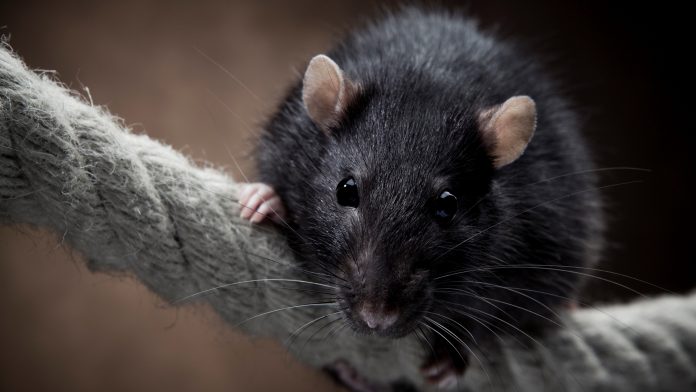Scientists have created an evolutionary model of stress to predict how animals react to stressful situations.
Almost all organisms have a fast-acting stress response system that helps them respond to environmental threats, but stress uses energy and can be damaging.
A new study, conducted by an international research team has found that most animals retain stress for longer than is optimal after being exposed to a stress-inducing incident.
The reasons for this are not yet clear, but one theory is that there is a limit to how quickly the body is able to remove stress hormones from circulation.
Dr Sian English from the University of Bristol’s School of Biological Sciences commented: “While the physiological basis for the stress response system has been extensively studied, we previously understood remarkably little about why this system has evolved.
“We’ve shown that considering both mechanisms of hormone clearance, and features of the environment – how predictable the threat is across time – can help explain the universal stress response, and how it varies.
“Our findings are all the more relevant today when we live in such uncertain times, and stress being a topic of everyday discussion.”
Dr English worked alongside mathematical modelling experts, including Professor John McNamara from the University of Bristol and Dr Tim Fawcett from the University of Exeter. Together they developed the conceptual framework and considered the wider implications of stress in mammals, fish and birds.
Dr Fawcett said: “We have created one of the first mathematical models to understand how organisms have evolved to deal with stressful events.
“It combines existing research on stress physiology in a variety of organisms with analysis of optimal responses that balance the costs and benefits of stress.
“We know stress responses vary hugely between different species and even among individuals of the same species – as we see in humans.
“Our study is a step towards understanding why stress responses are so variable.”
The scientists have defined stress as the process that organisms undertake when responding to stressors such as threats and challenges to their environment. The response to stress includes both detection and the stress response itself.
One key point emphasised in the study is the importance of whether or not threats are predictable. The model suggests that animals living in dangerous environments should have a high “baseline” stress level while animals living in safer environments would benefit from being able to raise and reduce stress levels rapidly.
Professor Barbara Taborsky, of the University of Bern added: “Our approach reveals environmental predictability and physiological limits as key factors shaping the evolution of stress responses.
“More research is needed to advance scientific understanding of how this core physiological system has evolved.”
The study was carried out by the universities of Bern, Exeter, Bristol, Stockholm and Turku, and the Brain Mind Institute at École polytechnique fédérale de Lausanne.
Funding was provided by the Swiss National Science Foundation.







